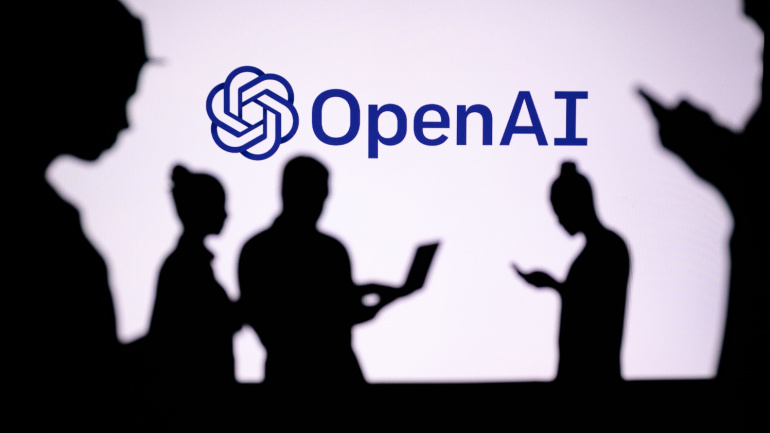Vodafone and Nokia have wrapped up a significant Open RAN trial in northern Italy after a three-month test period in the towns of Arcisate and Sernio, located in Lombardy. This trial, conducted on a standalone 5G network, aimed to assess the performance and viability of Open RAN technology in real-world conditions.
A recent market study by INCA (Independent Networks Cooperative Association) and Point Topic reveals that alternative network builders in the UK have collectively expanded fibre infrastructure to more premises than BT’s Openreach unit. By the end of 2023, UK altnets had reached 12.9 million premises with fibre, exceeding Openreach’s coverage of 12.8 million.
In a move to advance Open RAN technology, UK-based tech incubator Digital Catapult has introduced outdoor testing facilities through its SONIC (SmartRAN Open Network Interoperability Centre) Labs programme. The initiative aims to provide a real-world environment for firms to explore the practical value of Open RAN applications.
Openreach, UK’s primary broadband provider, is proposing legislations that’ll speed up fibre broadband installations in Multi-Dwelling Units (MDUs). This initiative is due to the lengthy authorizations processes, known as wayleaves, resulting in significant cost. However, critics argue this could infringe on property rights.
Hewlett Packard Enterprise (HPE) is joining forces with TELUS to pioneer Canada’s inaugural 5G open radio access network (Open RAN), marking a significant advancement in the country’s mobile connectivity infrastructure. By supplying essential infrastructure across 3,000 locations, this collaboration aims to revolutionize the way Canadians connect, offering faster and more responsive mobile services.
In a significant move to bolster innovation and development in mobile network technology, the US government, through the National Telecommunications and Information Administration (NTIA), has allocated $42.3 million to support research in Open RAN. This investment is part of a larger $1.5 billion Public Wireless Supply Chain Innovation Fund aimed at enhancing the Open RAN ecosystem. Leading the charge are telecom giants AT&T and Verizon, in collaboration with a consortium that includes notable academic institutions, industry manufacturers, and international telecom operators NTT DoCoMo from Japan and Reliance Jio from India.
IS-Wireless has marked a significant milestone in Poland’s telecommunications sector, unveiling the country’s first 5G campus network. Designed on the Open RAN model and utilizing local frequencies, this implementation at Bialystok University of Technology is primed to cultivate future 5G and 6G experts. The Open RAN, a rapidly expanding telecommunications model, allows for the integration of versatile components, offering a cost-effective and efficient solution.
In a significant move for the telecommunications sector, Parallel Wireless has partnered with SUSE to integrate the SUSE Adaptive Telco Infrastructure Platform (ATIP) into its Open RAN solutions. This collaboration marks a pivotal step in enhancing the flexibility, security, and cost-effectiveness of managing and processing data in network operations.
As AI technology advances at a remarkable pace, the demand for skilled professionals in the field has reached unprecedented levels. The allure of high salaries and an array of job openings has prompted a surge in individuals retraining to capitalize on this burgeoning sector.
OpenAI is fortifying its internal safety protocols in response to growing concerns about the potential risks of artificial intelligence. The company has introduced a “safety advisory group” that will operate above its technical teams, offering recommendations to leadership, with the board wielding veto power—though the likelihood of its exercise remains uncertain.













